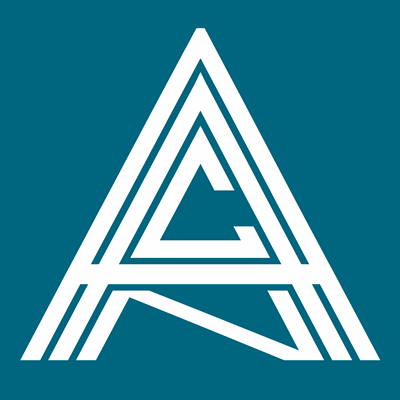Background:
Facial palsy and vertigo, as symptoms of vestibular schwannoma (VS) or consequences of its therapy, have a significant impact on patients' quality of life.
Objective:
This review analyzed current literature on the topic and deduced recommendations for rehabilitation of facial palsy and vertigo.
Method:
The present review describes a PubMed-based search of the literature of the past 10 years.
Results:
There is no evidence-based drug therapy for the treatment of acute facial palsy after VS surgery. Several surgical procedures for facial nerve reconstruction, muscle transfer, and static techniques have been established. Physiotherapeutic movement therapy, optimally with biofeedback, seems to improve facial function in patients with post-paralytic syndrome.
Botulinum toxin injections are the method of choice for synkinesis treatment. For treatment of acute and chronic vertigo in patients with VS, the same antivertiginous drugs as for other vertigo patients are used. If the patient shows retained vestibular stimulation function, preoperative intratympanic gentamycin therapy followed by compensation training is a promising approach to decreasing postoperative vertigo. Good vestibular rehabilitation comprises intensive and regular movement training, preferably with real-time feedback and therapy control.
Conclusion:
There are several conservative, surgical, or combined conservative-surgical treatment options for individualized facial nerve rehabilitation of VS patients, as confirmed by clinical studies. In cases of acute vertigo, standard antivertiginous pharmacotherapy is indicated. In cases of acute and also of chronic vertigo, intensive balance and movement training provides relief.
PubMed.gov
U.S. National Library of Medicine, National Institutes of Health
Müller B, et al. HNO. 2017.
